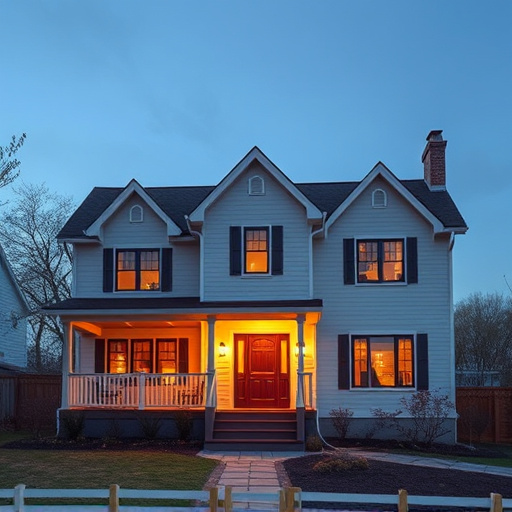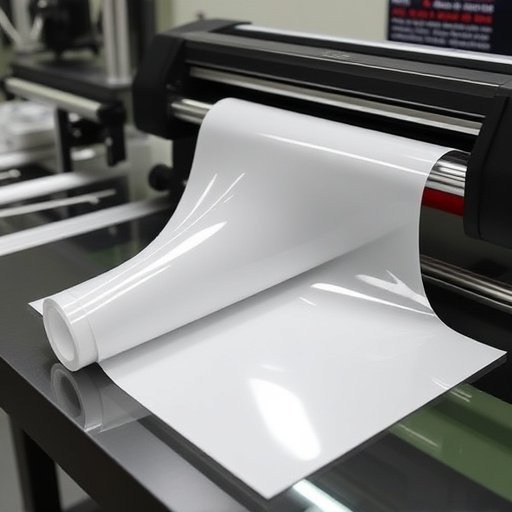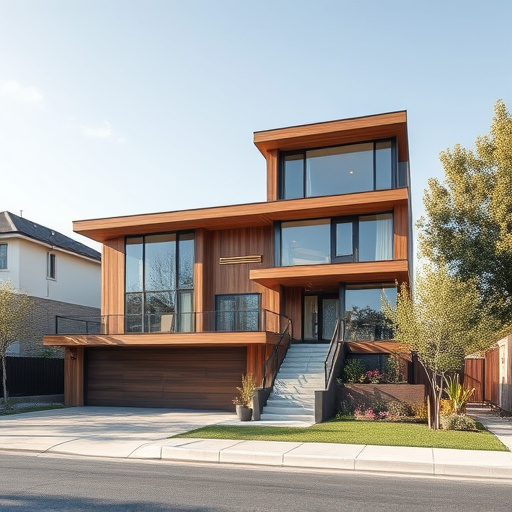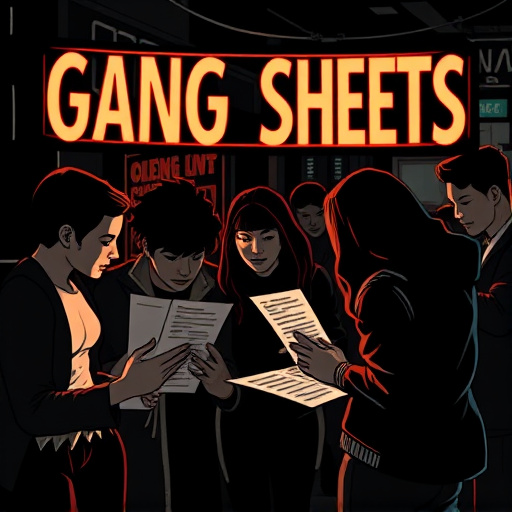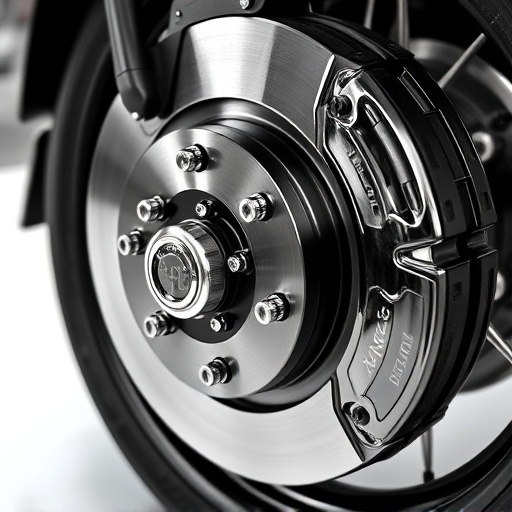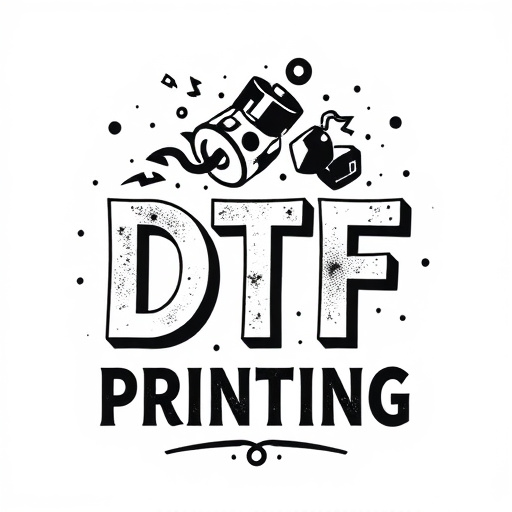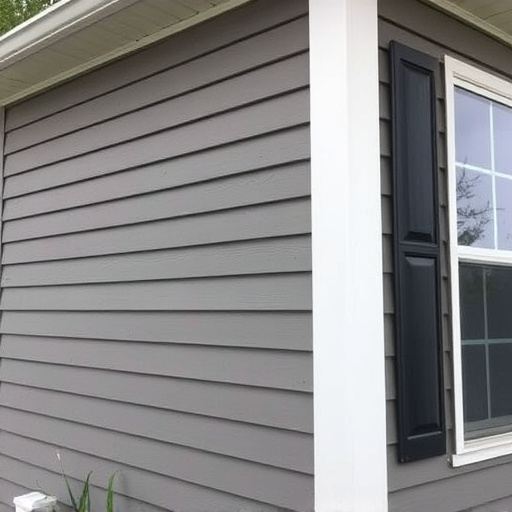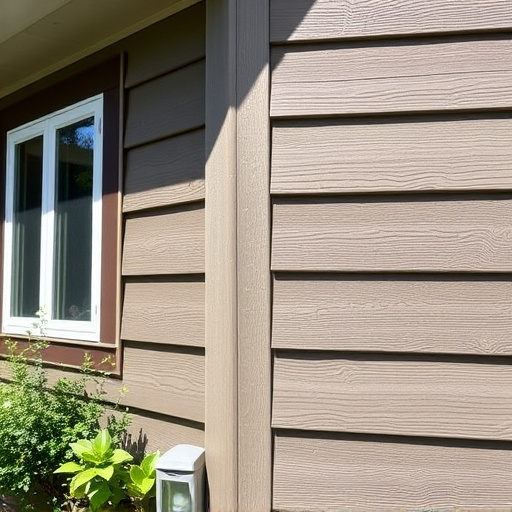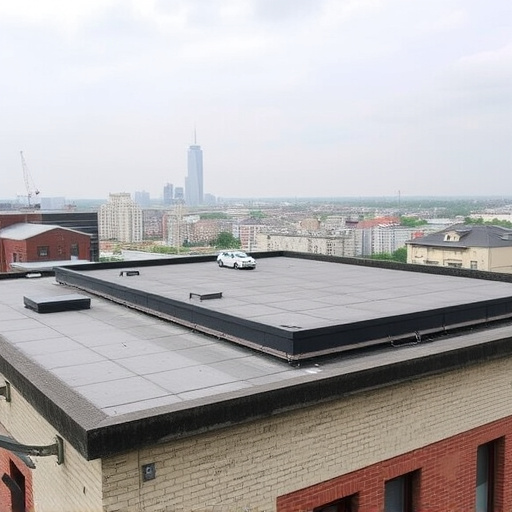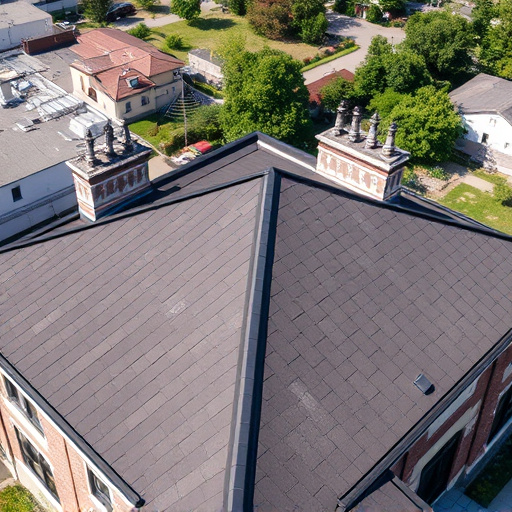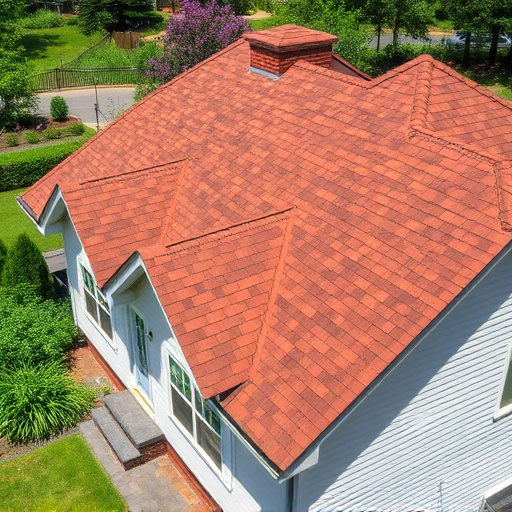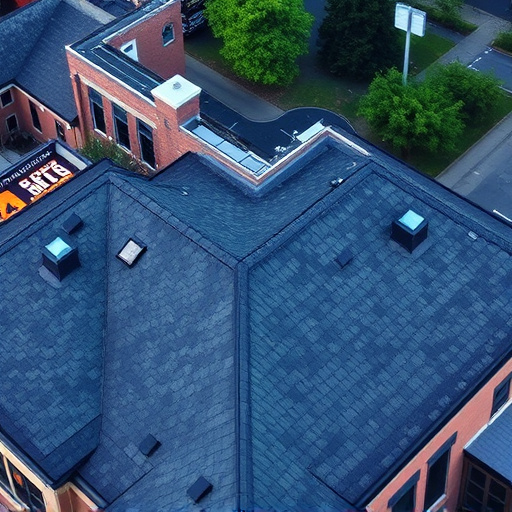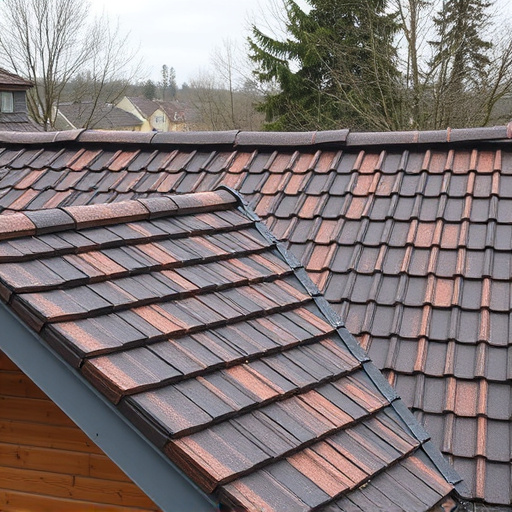Fiber siding, a composite of recycled cellulose and resins, offers eco-friendly, fire-resistant, and energy-efficient roofing and siding. Outperforming vinyl in durability, it resists impact and weathering with minimal fading. Both fiber siding and vinyl enhance home value, but fiber's customizable textures and colors come at a higher cost; long-term durability may provide better returns. The ideal choice depends on personal style, budget, and desired curb appeal.
In 2025, homeowners are spoilt for choice when it comes to exterior cladding. Among the contenders, fiber siding and vinyl stand out. This article delves into the nitty-gritty of these materials, comparing their material composition, durability, maintenance requirements, and aesthetic appeal. We explore how fiber siding’s natural look enhances home value, while vinyl’s versatility offers cost-effective solutions. By the end, you’ll have a clear understanding of which cladding option truly wins the battle for your 2025 renovation project.
- Material Composition: Fiber Siding vs Vinyl
- Durability and Maintenance: Which Lasts Longer?
- Esthetic Appeal and Home Value: Making Your Choice
Material Composition: Fiber Siding vs Vinyl
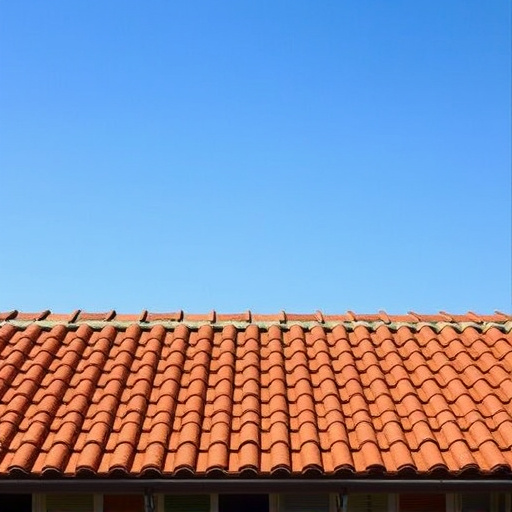
Fiber siding is composed of cellulose fibers, often recycled materials like cardboard or wood chips, bound together with resins to create a durable panel. This natural composition makes it an eco-friendly option, as well as highly resistant to fire and moisture. On the other hand, vinyl siding is made from PVC (polyvinyl chloride), a synthetic material known for its low maintenance and durability. While both materials offer long-term protection for roofing and siding, fiber siding’s organic makeup provides better insulation properties, contributing to energy efficiency in homes. Vinyl, however, remains a popular choice due to its affordability and ease of installation, making it a preferred option for many homeowners looking for quick roof repair or to enhance their property with new siding services.
Durability and Maintenance: Which Lasts Longer?
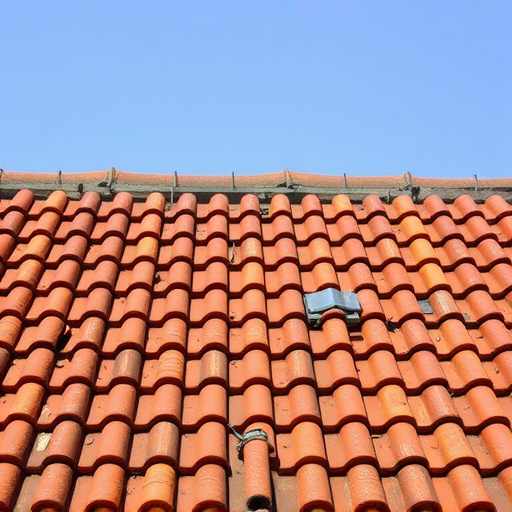
When it comes to durability and maintenance, fiber siding stands out as a top contender for 2025. Known for its superior resistance to impact and weathering, fiber siding can withstand harsh weather conditions, including high winds and storms, better than vinyl siding. This makes it an excellent choice for areas prone to severe weather events, offering long-term protection for residential siding without the need for frequent repairs or replacement.
Compared to vinyl, fiber siding requires less maintenance over its lifespan. It doesn’t crack or fade easily, retaining its original appearance and color even after years of exposure. While both materials are designed for durability, fiber siding’s composite structure provides an edge in terms of longevity, making it a reliable roofing solution that can protect homes from storm damage repair and other environmental factors, ensuring your residential siding remains in top condition for longer.
Esthetic Appeal and Home Value: Making Your Choice
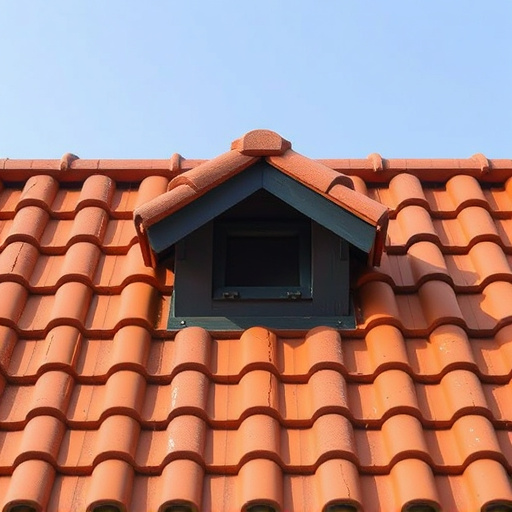
When considering fiber siding versus vinyl for your exterior home improvements, the choice extends beyond just cost and durability. Esthetic appeal plays a significant role in enhancing the curb appeal and overall value of your home. Fiber siding offers a wide range of textures and colors, allowing homeowners to achieve the look they desire—from rustic wood-like grains to contemporary flat finishes. This versatility makes it an attractive option for those seeking customization. On the other hand, vinyl siding comes in more limited styles but is known for its ability to mimic the appearance of wood or stone without the maintenance.
In terms of home value, both fiber siding and vinyl can contribute positively. While vinyl is generally considered a more budget-friendly option, fiber siding’s durability and low maintenance requirements can make it a worthwhile investment in the long run. Homebuyers often appreciate the appeal and longevity of well-maintained fiber siding, which could potentially increase your property’s value during siding installation or siding services. Ultimately, the choice should align with your personal style, budget, and the overall look you want to achieve for your home.
In 2025, when comparing fiber siding and vinyl, the former emerges as a clear winner in terms of durability, maintenance, and aesthetic appeal. While vinyl remains a popular choice due to its affordability and ease of installation, fiber siding’s superior strength against weather damage, mold, and fire, coupled with its ability to retain value and enhance home aesthetics, makes it a more sustainable investment for homeowners looking for long-term benefits.
